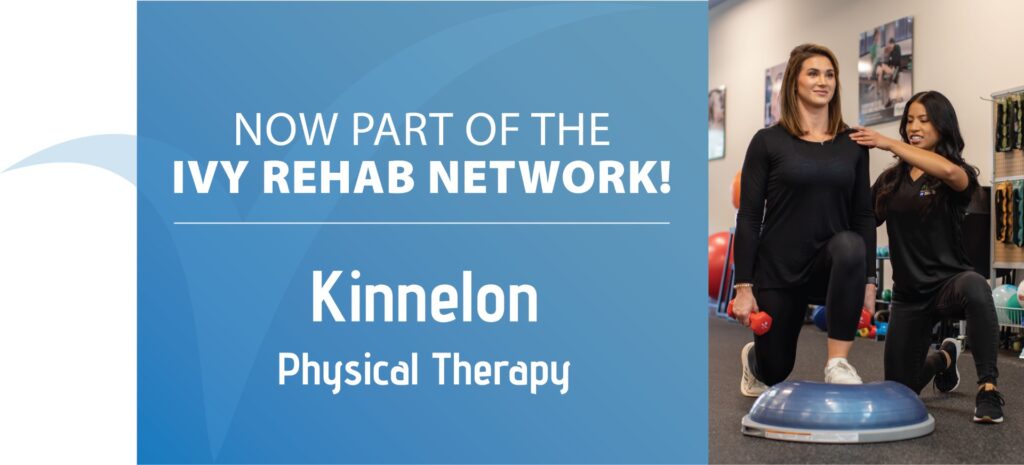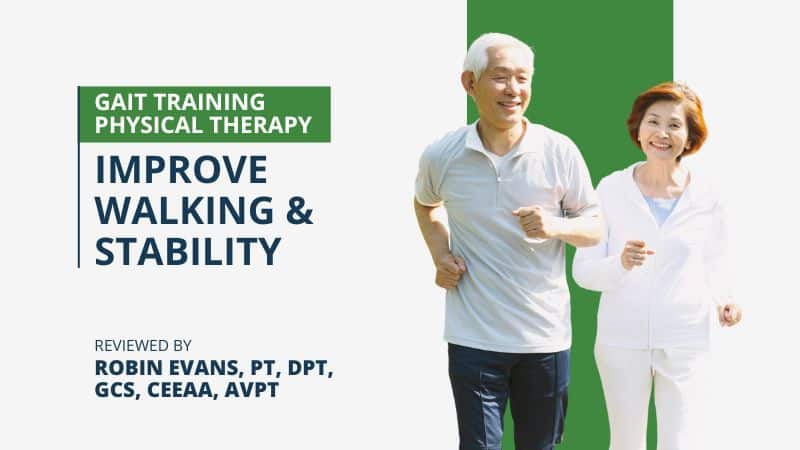Does it hurt when you yawn, chew food, or sing? Are you having difficulty eating a sandwich or biting into a bagel? Have you felt an increased amount of stress recently? Do you clench or grind your teeth? If you answered “yes,” you may be experiencing temporomandibular dysfunction (TMD) or TMJ. We tend to forget that we have muscles in our face, and they tighten up just as quadriceps in your legs do! Many people habitually, and unknowingly clench or grind their teeth. In addition, stress is another growing cause of concern. Dentists are seeing a rise in TMJ in millennials due to stress. The temporomandibular joint is a hinge joint where the skull attaches to the jaw. TMJ disorders are a group of conditions that can cause pain in your jaw joint and the muscles that control jaw movement. An estimated 10 million Americans suffer from TMJ disorders. They are more common in women than men and often go undiagnosed.
Risk Factors for TMJ Disorders
To locate the temporomandibular joint, place your fingers in front of your ears and open and close your mouth. Muscles around the jaw joint allow for position control and movement of the jaw bone. While the exact cause of a TMJ disorder can be difficult to pinpoint, risk factors and causes include:
- Disk erodes or moves out of its proper alignment
- Medical conditions such as rheumatoid arthritis and osteoarthritis
- Joint or jaw is damaged due to injury or impact
- Long-term (chronic) grinding or clenching of teeth
- Certain connective tissue diseases that affect the temporomandibular joint
- Excessive stress
- Hormones and vitamin deficiencies
TMJ signs and symptoms
- Cheek or jaw pain or tenderness
- Popping, clicking, or locking of joints
- Pain in one or both of the temporomandibular joints
- Headache or neck pain
- Dizziness and muscle spasms
- Aching pain in and around your ear or ringing
- Difficulty chewing or pain while chewing
- Aching facial pain or swelling
- Can’t open or close your jaw completely
Physical Therapists Treat Symptoms of TMJ
TMJ sufferers usually experience temporary pain and discomfort, which can be relieved or managed with self-care or nonsurgical treatments. Surgery is typically the last resort after physical therapy and other conservative measures. Ivy Rehab offers a treatment program for TMJ.
Treatment options include:
- Heat or ice for pain relief and less inflammation
- Massage to relax neck/facial muscles, improve joint mobility
- Stretching/strengthening of the jaw to improve range of motion
- Neuromuscular re-education to improve jaw movement
- Ultrasound and electric stimulation
- Jaw exercises to improve daily activities such as eating, yawning, and brushing teeth
Many people sit too much during the day – at work, home, in a car – with forwarding head posture. This increases the strain on the disk, muscles, and ligaments of the TMJ. Physical therapy incorporates postural training to improve alignment and reduce strain on these muscles/joints. At home, patients are encouraged to follow an exercise program, try self-massage techniques, pay attention to head posture, and use a foam roller. Monitoring daily habits, avoiding foods that are hard to chew, and gum/pens help prevent aggravating TMJ pain. PTs also teach how to relax the jaw during stressful activities such as driving and working. The good news is behavioral therapy along with posture correction during daily living activities has been shown to help alleviate myofascial pain and increase mouth opening range of motion.
If you are having any of these issues, speak to your physician, dentist, or Ivy Rehab physical therapist regarding treatment options to reduce your pain and improve your quality of life!
Article Reviewed by Holly Lookabaugh-Deur, PT, DSc, GCS, CEEAA
Holly Lookabaugh-Deur, PT, DSc, GCS, CEEAA is a practicing physical therapist and a partner and Director of Clinical Services at Ivy Rehab Network. Deur is board certified as a geriatric clinical specialist and certified exercise expert for aging adults with more than 35 years of clinical experience. She is certified as an aquatic and oncology rehabilitation specialist and serves as adjunct faculty at Central Michigan University and Grand Valley State University.






